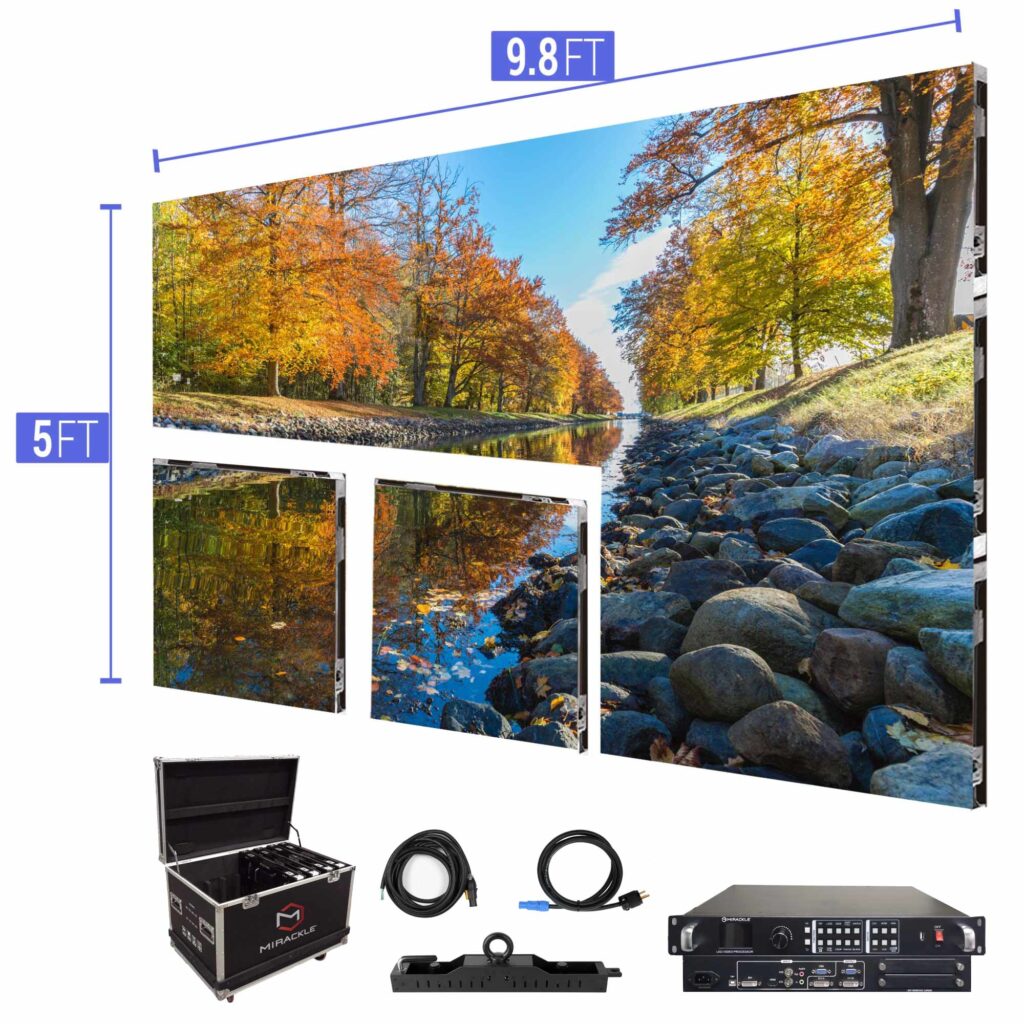The first step in guaranteeing color precision is comprehending how LED technology works. LEDs, or light-emitting diodes, produce light in multiple shades by combining red, green, and blue (RGB) light. Each dot on an LED screen is made up of these three colors. When calibrated correctly, the mix of RGB can produce a broad range of colors. However, if one color is too bright or too dim, it can distort the whole screen. This is why tuning is needed to equalize the hues and reach the intended visual effect.
Calibration entails adjusting the configurations of the LED screen to make sure that the hues displayed match the initial material as closely as feasible. This process usually includes using specialized software and hardware instruments. Technicians often use color assessment devices, such as spectrophotometers, to analyze the hues being displayed. By comparing the assessed hues to benchmark color values, they can make exact adjustments. This ensures that the hues are not find out here now only vibrant but also uniform across the entire display.
Another important factor of color accuracy is understanding the surroundings in which the LED screen is employed. Elements such as surrounding light can considerably impact how hues appear. For instance, a well-lit lit room may fade colors, making them look less vibrant. To mitigate this, technicians may modify the brightness and differentiation settings of the LED wall. Additionally, they may select particular color profiles that are more suited for various lighting conditions. This flexibility helps preserve color precision irrespective of the viewing surroundings.

Ultimately, routine maintenance and recalibration are crucial for maintaining an LED wall looking its best. Over time, the functionality of LEDs can alter due to factors like aging and temperature fluctuations. Frequent inspections and adjustments can help ensure that the hues stay accurate and vibrant. By committing time in proper calibration and upkeep, venues can provide audiences with breathtaking visual displays that enhance their overall impression. Perfecting color accuracy in LED screen tuning is not just a technical job; it is an expertise that contributes to the wonder of visual narration.